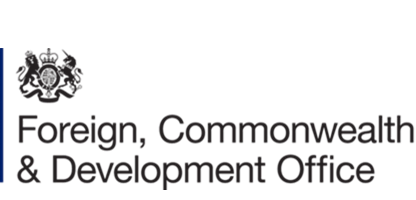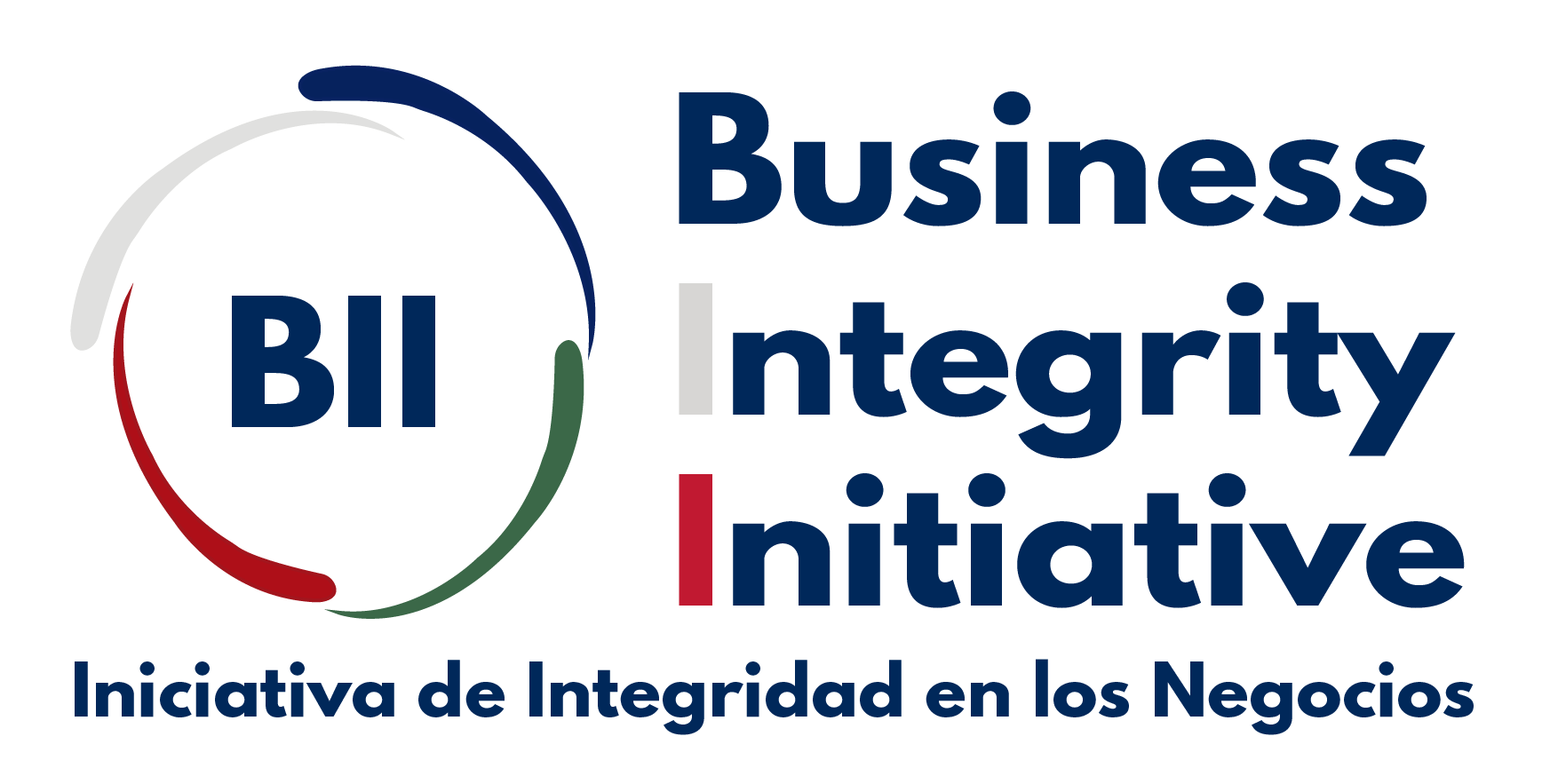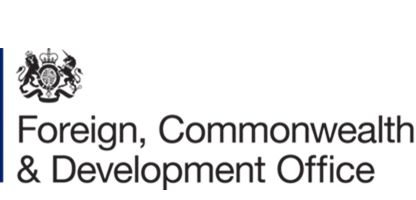Corporate Integrity assessment tool
Combating corruption by strengthening corporate integrity
This tool is a self-diagnosis of corporate integrity that works as an instrument to assess the risk of compliance with the regulations applicable to companies of any sector and geographical condition or location within Mexico, including chambers, unions and associations.
It serves as a compliance verification mechanism and is exemplified with corruption risks stemmed from Articles 66 to 72 of the General Law of Administrative Responsibilities (LGRA by its Spanish acronym). Risks which could be mitigated by implementing the controls established in Article 25 of the LGRA.
Once the users answer the diagnostic questionnaire, this tool will assess their corruption risk level, identifying elements of control and compliance while deploying a set of recommendations so that companies have the necessary tools to strengthen their corporate integrity practices in the combat against corruption risks.
About us
The United Nations Development Program (UNDP) is the leading United Nations agency working in 170 countries and territories to eradicate poverty, reduce inequalities, and build resilience. UNDP is the agency that leads the efforts to achieve the Sustainable Development Goals (SDGs).
Thus, with the aim of improving corporate integrity in Mexico, UNDP Mexico is collaborating with the British Embassy in Mexico in coordination with the Office of Foreign Affairs and the British Commonwealth (FCO) in the implementation of the Project “Strengthening the capacities of SMEs to identify and combat corruption risks in Mexico”, which is part of the Business Integrity Initiative (BII) led by UKAid.
BII is a joint initiative of the UK Department for International Development (DFID), the UK Department for International Trade (DIT) and the FCO. The overall objective of the BII in Mexico is to help companies, particularly Small and Medium Enterprises (SMEs) to integrate analysis and management of integrity issues into their strategies for doing business in Mexico.
The general objective of this project is to support the efforts of the private sector in Mexico to strengthen compliance with current regulations on administrative responsibilities. In particular, providing support to micro, small and medium-sized companies (MiPyMES) in their efforts to strengthen their ethics and integrity practices through tools that facilitate the identification, analysis and management of corruption risks in their business strategies.
A sub-objective of the BII is to test how British Embassies and High Commissions could support, in a more effective way, existing and/or potential investors to identify and navigate business integrity issues. To that end, DFID, DIT and the FCO, are conducting three pilots in three countries across three continents i.e. Mexico, Pakistan, and Kenya.
The purpose of the Mexican pilot is to identify local integrity issues and to test how best to provide tailored support to companies. In practice, this means:
- Providing international companies, looking to do business in Mexico, with practical information and guidance on navigating integrity challenges,
- Increasing engagement between Mexican and international companies on business integrity issues; and
- Promoting improvements to local market conditions through dialogue and projects with Mexican authorities, based on the insights from businesses
Taking into account that SMEs represent 95% of total companies in Mexico, which create 40% of total jobs in the country, employs less than ten people, and it generates an annual profit of four million pesos. The SMEs represent important drivers of the Mexican economy. However, they are also prone to experience corruption; for example, they report a rate of 534 corruption victims per 10,000 business units (Inegi, 2016). This type of companies is the most vulnerable sector for integrity issues. Therefore, the BII will provide support to SMEs to strengthen their corporate responsibility in complying with current Mexican norms and policies on corporate integrity and anti-corruption.
The BII in Mexico is looking to encourage the improvement of integrity business practices, providing effective guidance to companies and SMEs facing corruption and/or competition challenges. By implementing this risk analysis tool, we will provide SMEs with risk assessment, risk management and recommendations to implement internal controls to mitigate corruption risks.
Diagnostic
This tool will assess your level of corruption risk, identifying control elements and deploying a set of recommendations so that user companies can strengthen their corporate practices in dealing with corruption.
- Section I.Organization and procedures manual0 / 6
- Section II.Code of conduct0 / 11
- Section III.Adequate and effective control, surveillance and audit systems0 / 9
- Section IV.Adequate reporting systems0 / 11
- Section V.Adequate training systems and processes0 / 6
- Section VI.Human resources policy0 / 8
- Section VII.Transparency mechanisms and publicity of interests0 / 6
Level of corruption risk
Recommendations
Now that you know your risk level, we invite you to consult the free and publicly accessible products that conform the Corporate Integrity Toolkit. Among the available materials, you will find manuals that serve as guidelines to build a corporate integrity culture, editable templates to adopt control mechanisms adaptable to the context of your company, and an online course to support the MSMEs efforts in the fight against corruption and bribery.
In addition, we propose that you consider and implement the following decalogue of recommendations for action to facilitate the adoption of a culture of business integrity and ethics:
1. Collaboratively build an integrity manual for the company:
this manual becomes the roadmap for managers, employees, investors and clients to clearly understand the “zero tolerance” policy for corruption.
2. Establish and communicate the company's rules and regulations against corruption:
the code of ethics establishes the rules, sanctions and frameworks that the company considers necessary in terms of business integrity.
3. Promote the culture of legality and the culture of denouncing outloud harmful practices to the business:
these aspects go hand in hand, since the company discloses the parameters of ethical behaviour it integrates them as part of the mission and corporate values. In parallel, it must promote anonymous and guarantor denunciation that allows exposing cases and preventing them while safeguarding the human rights of whistleblowers.
4. Establish clear frameworks of conduct and communicate them effectively:
following the code of ethics, the reporting channel and the integrity manual, members of the company should be oriented within the limits of their labour relations, in terms of receiving and offering gifts, donations, invitations and other practices as part of the business strategy to eliminate risks of corruption and bribery.
5. Diagnose and evaluate the risks that the company has and make decisions based on managing them:
what is not measured does not improve. It is important that a diagnosis of the corruption risks of your company is carried out and the vulnerable points are evaluated, in order to prepare an action plan, mitigation and periodic monitoring of these risks.
6. Establish mechanisms for hiring personnel based on their ethical values:
it is suggested that recruitment processes be carried out where candidates are asked about ethical dilemmas that allow evaluating other dimensions of the applicants' profile, ensuring that the staff have competencies aligned to the company's values.
7. Carry out external audit processes once a year:
the management of finances and corporate processes must be objectively evaluated and the best way to do this is by establishing internal and external control mechanisms. It is suggested to have audits or tax reviews at least once a year. Some of the information can be shared with customers and employees, so that transparency in legal and financial operations is evident.
8. Design a training strategy for your staff on issues of ethics and transparency:
at all levels of company personnel and across every department, it is important to have training processes that enable awareness and understanding of the mechanisms and implications of anti-corruption policies. It is suggested to support training processes and follow-up on the results of the personnel.
9. Promote an anti-corruption agenda in your business community or economic sector:
having strategic allies in a specific sector of the economy promotes collective action to tackle the phenomenon of corruption. Joining forces and generating joint strategies opens doors to build bridges of collaboration to establish networks that strive for integrity and contribute to advancing sustainable development.
10. Adopting a corporate integrity culture translates into a generator of economic and social value for and by your company:
incorporating ethical, transparent and fair corporate practices in your business strategies allow your MSME to be part of a select group of companies that act in strict adherence to global standards; access better financial credits; protect yourself with lower insurance costs derived from lower risks; access international markets promoting the growth of your business; reduce risks of legal and administrative sanctions; keep a competitive staff; reduce and regulate conflicts of interest; and strengthen comparative advantages based on a reputable and competitive legitimacy.



